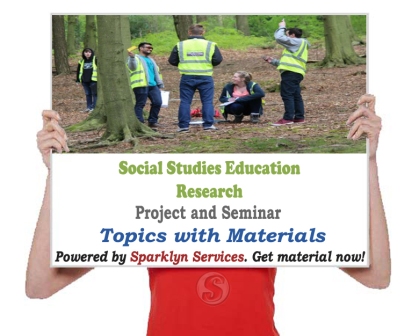Introduction
1.1 Background Of The Study
Afolayan (2010) said that drug addiction is the continuous uncontrolled, compulsive use of a drug not only to include intoxication but also to avoid the tortures of withdrawal. While drug abuse is the taking of drugs or a deliberate use of drugs for purposes other than its intended purpose without the supervision of physician or a medical practitioner.
Despite the unrelenting efforts of individuals, agencies, mass media and the government at different levels against drug abuse, the prevalent practice among post-primary school students, teenagers and even adults in the community has not decreased but rather continued to increase. Drug abuse/addiction has gone a long way to create several health problems and dangers in our society. Such health problems include mental illness, cancer of the lungs, school drop-outs, juvenile delinquency, delirious behaviour, etc. The alarming rate of mental illness in our society/streets today whereby drug addiction is a major predisposing factor becomes a concern.
No wonder, conclusion has been drawn to the fact that the factors leading to the victims’ exposure are quite common, thus including the consumption of dangerous drugs during cultural and other festivities either at schools or homes during sports or athletic competitions among students, as these students exposed themselves to practicing drug abuse students involvement in cultism cannot be undermined as some put up some irrational acts.
Afolayan (2010) also said that students consumption of drugs during examination for the purpose of alertness is also very common. Also the adolescent periods are the period of chasing the opposite sex which most of them cannot ordinarily do without the use of some drugs to enable them become bold. The abuse of drugs which leads to addiction among the post-primary school students. Gradually progresses to cause a host of evil happenings in our society such as incessant occurrence of road traffic accident as a result of effects of these substances. In fact some students breakdown during examinations leading to failure and eventual drop-outs, some become rude and arrogant to teachers and parents and occasionally causing riots and chaos in their schools while some grow up to become criminal in the society landing them in prison-yards.
According to Kobiowu (2006), drug addiction is the inability of person to control his use of a drug/substance. He said further that for an addict, drug use is more than a habit, his desire for the drug also involves physical dependence i.e. an addict suffers a painful withdrawal illness if he stops the use of drug. According to Mickey (1994), evidence from literature established that the majority of people with addictive problems are dependent on alcohol or narcotic drugs. While David (1989) asserted that when addicts are deprived of their drugs, they experience an abstinence syndrome typified by objective signs of distress including loss of weight, cardiovascular changes, and gastrointestinal distress and in some cases of alcohol dependence, psychoses and seizures.
1.2 Statement Of The Problem
The necessity of this study is due to the rate of mental misbehavior and the undue irrational acts of the students in our society and this eventually prompted the researcher to carry out this scholarly work on implications of drug addiction on academic performance among secondary school students of Odeda Local Government Area of Ogun State, Nigeria.
1.3 Objectives Of The Study
The following are the objectives of the study:
- To determine the substance/drugs that are abused/addicted to by secondary school students in Odeda Local Government Area.
- To establish the possible causes of drug addiction among secondary school students.
- To assess the implications of drug use and its addiction on the academics of students.
- To determine the possible preventive measures and solutions to drug addiction amongst secondary school students in Odeda Local Government Area.
1.4 Research Questions
The following research questions are hereby raised to serve as anchor for the study.
- What are the drugs commonly abused and addicted to by students in Odeda Local Government Area?
- What are the factors responsible for drug addiction among students?
- What are the implications or effects of drug addiction on students’ academic performance?
- How can the problems of drug addiction be prevented and controlled among secondary school students?
1.5 Significance Of The Study
The findings of this study will enable the school administrators and other prospective consumers of this research work to have an unprecedented insight into the challenges of drugs, drug related activities and drug addiction amongst secondary school students. The outcome of this study will equally serve as a working tool for teachers, guardian, and counsellors in particular, and educationists in general to enhance their intervention strategies when dealing with students with drug related issues and behaviours.
1.6 Delimitation Of The Study
This study on drug addiction and its academic implications is limited to secondary school in Odeda Local Government Area of Ogun State, Nigeria.
1.7 Definition Of Terms
Drugs:
Illegal substances that students take some, inject, etc for the physical and mental effect.
Drug Addiction:
The condition of been addicted to drugs.
Drug Peddler:
The person who sells illegal drugs.
Intoxication:
Act of taking alcohol/drugs which makes one feel excited and not think clearly.
Unrelenting:
An unpleasant situation where a person doesn’t stop or become less severe.
Compulsive:
When something is difficult to stop or controlled and the student not being able to control his/her behaviour.
Prevalent:
Something that exist or very common at a particular time or place.
Delinquency:
A bad or criminal behaviour usually of young people.
Delirious:
When someone is in an excited state and not able to think or speak clearly.




